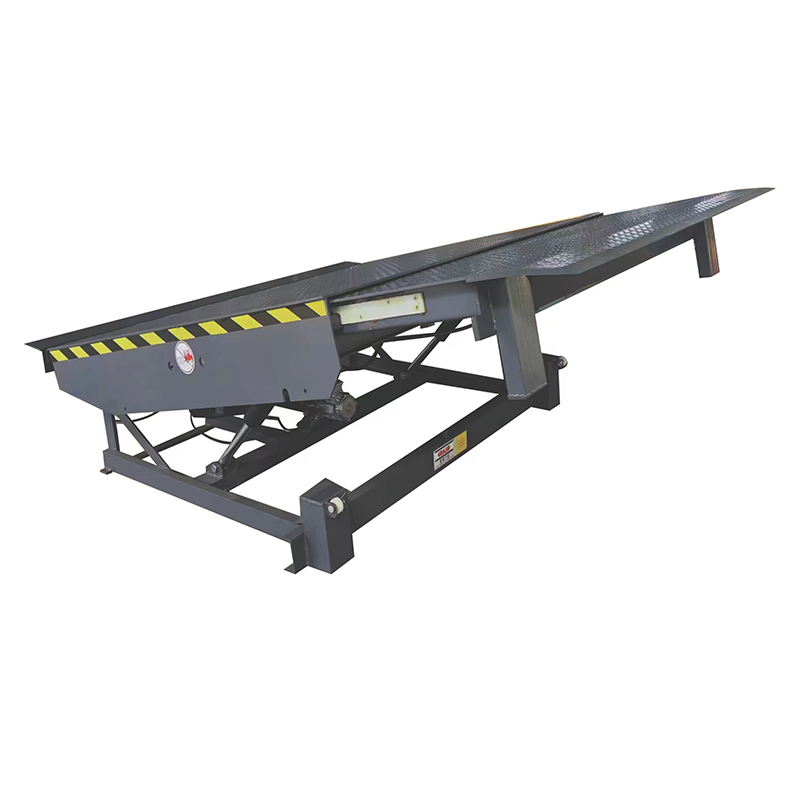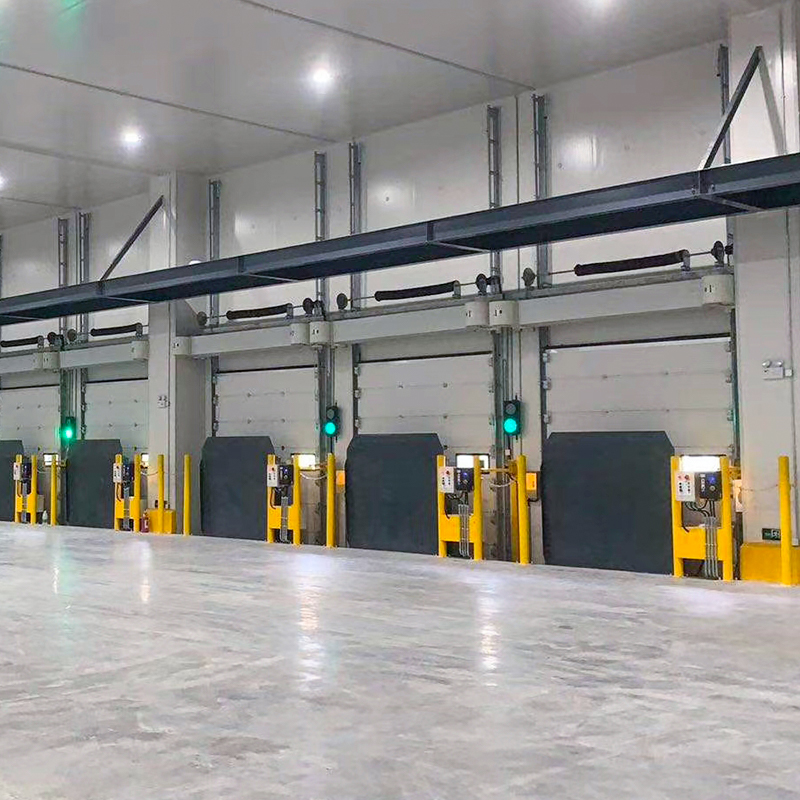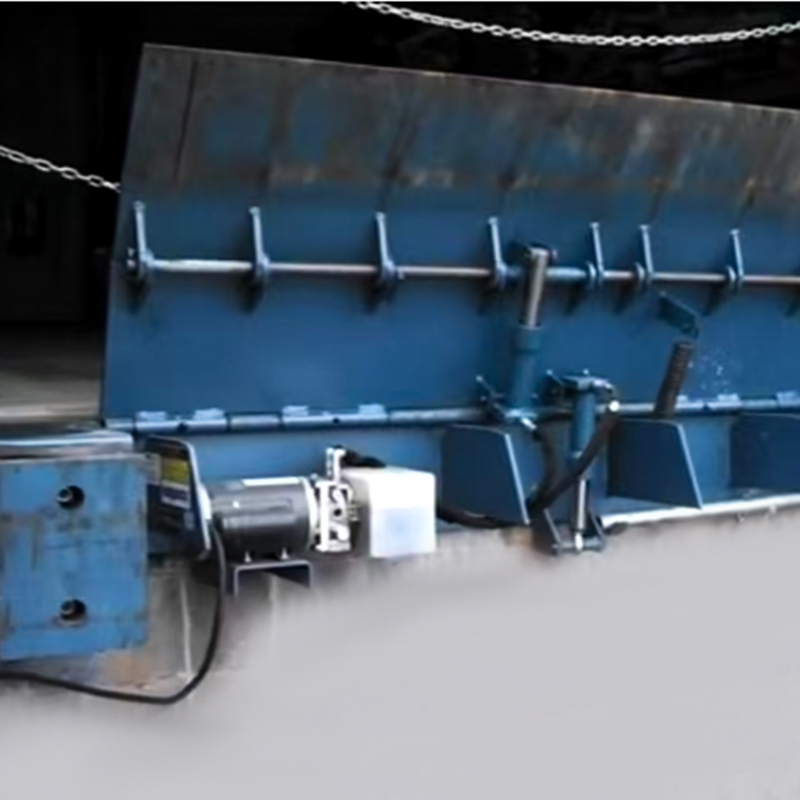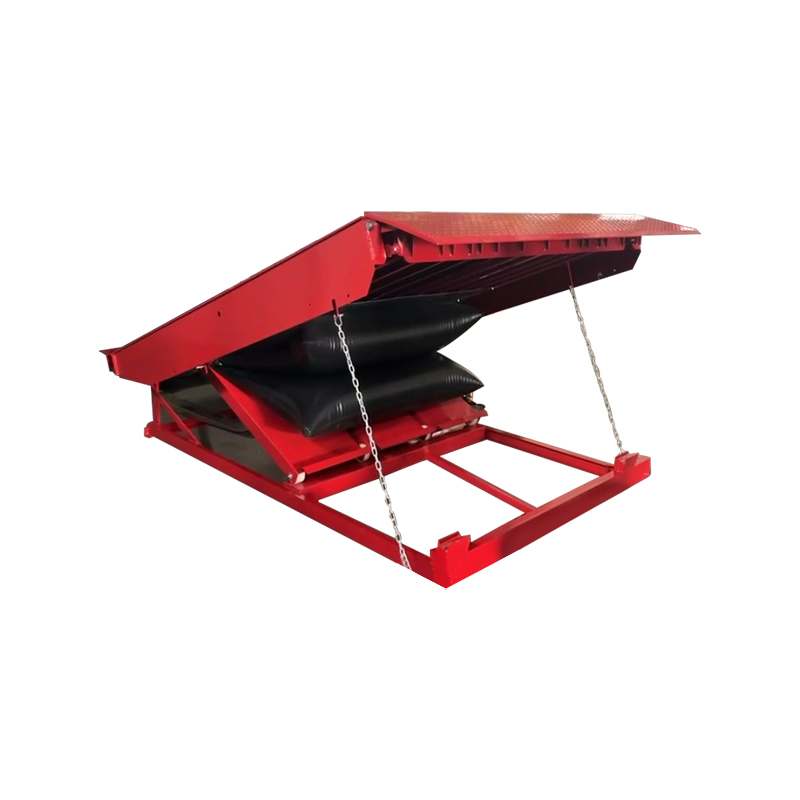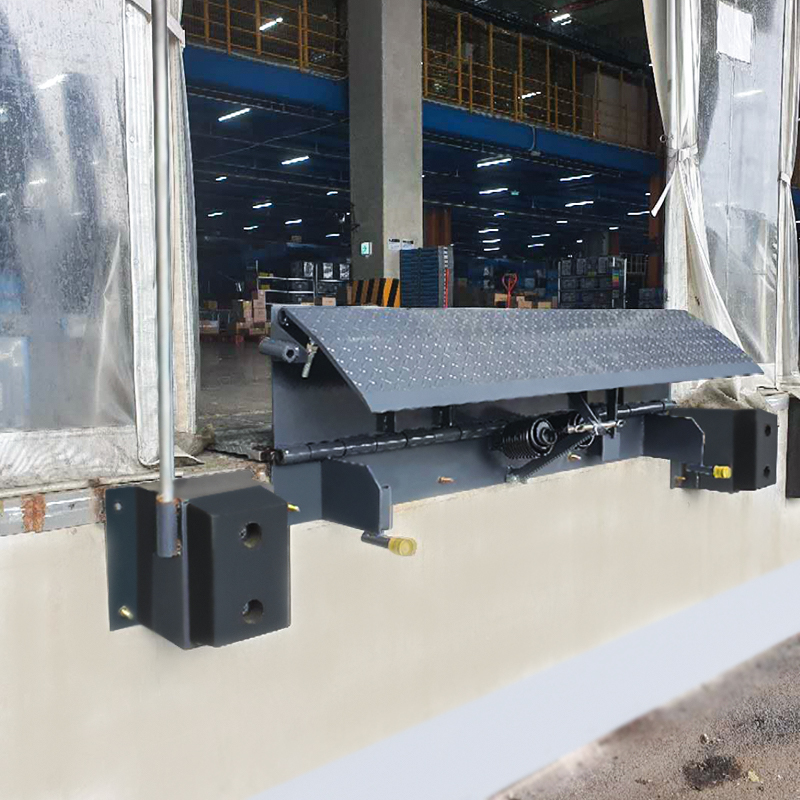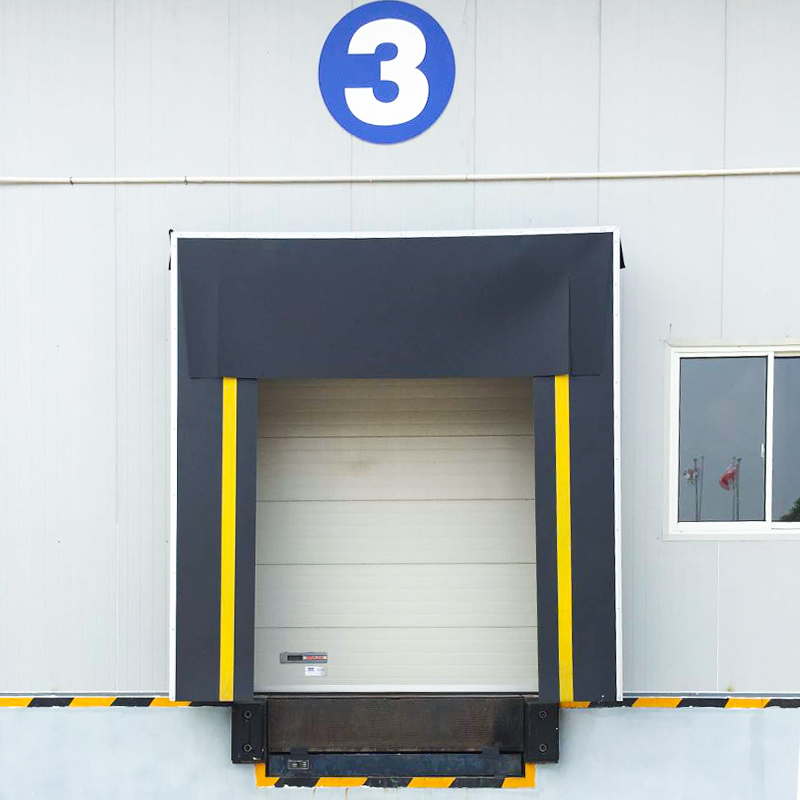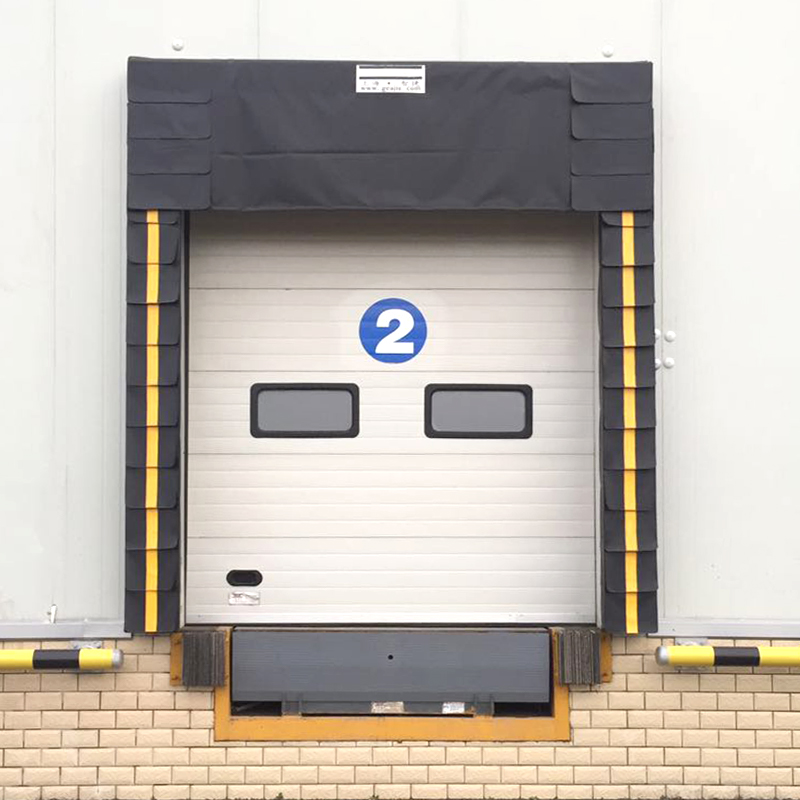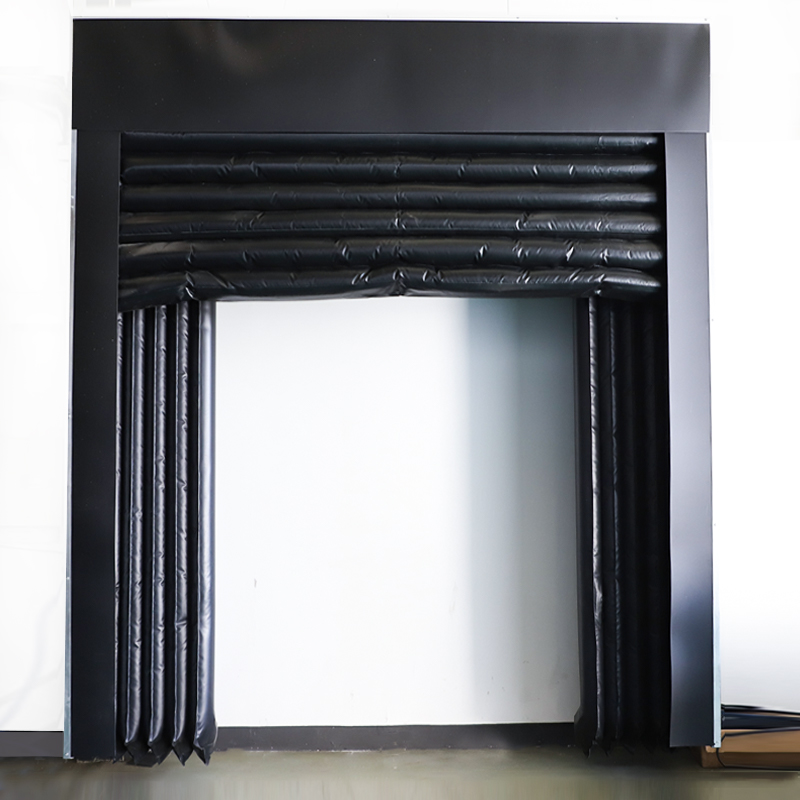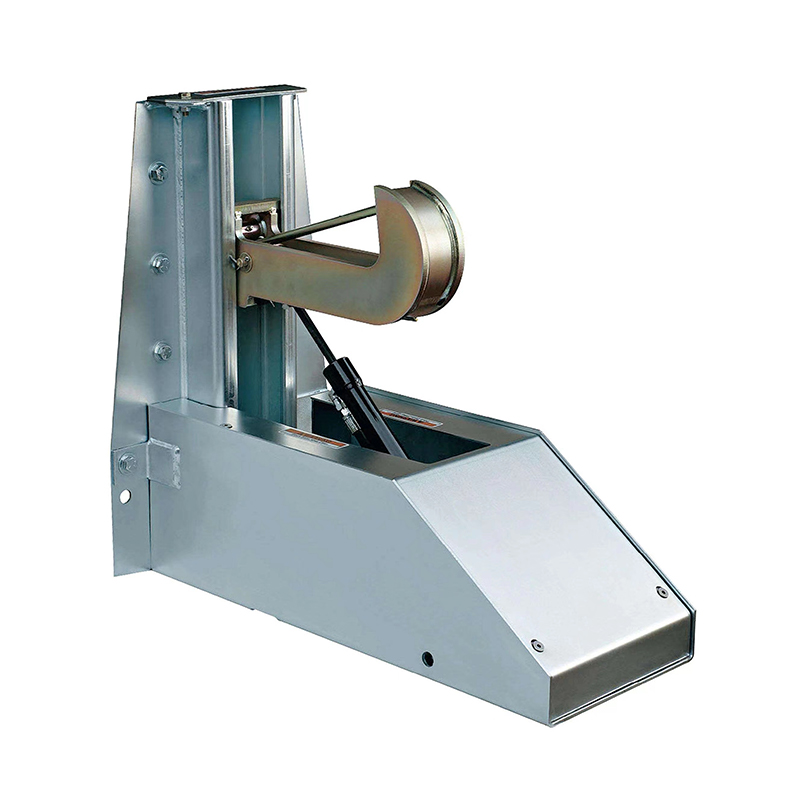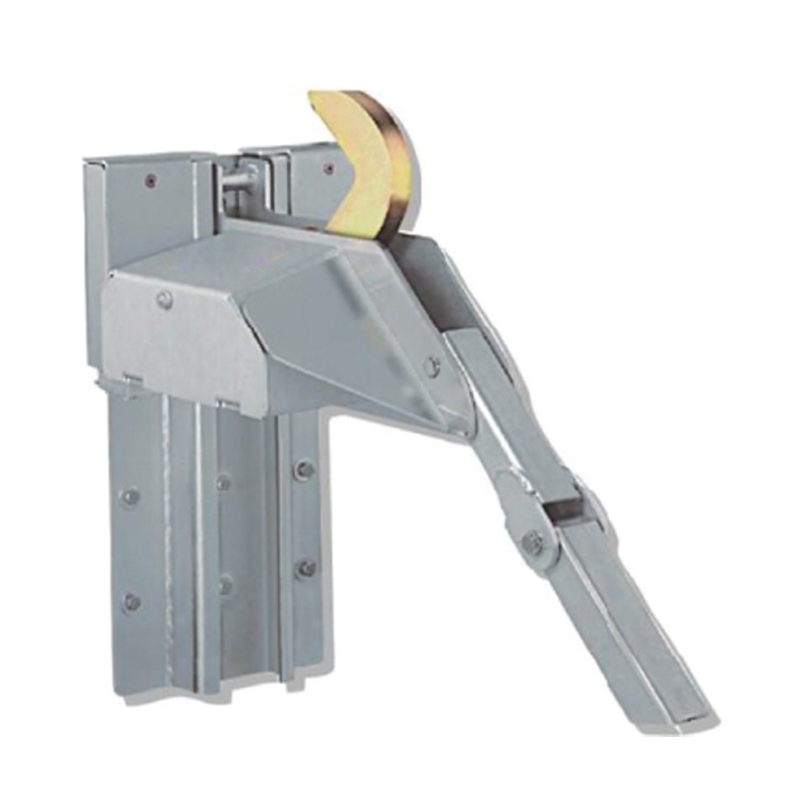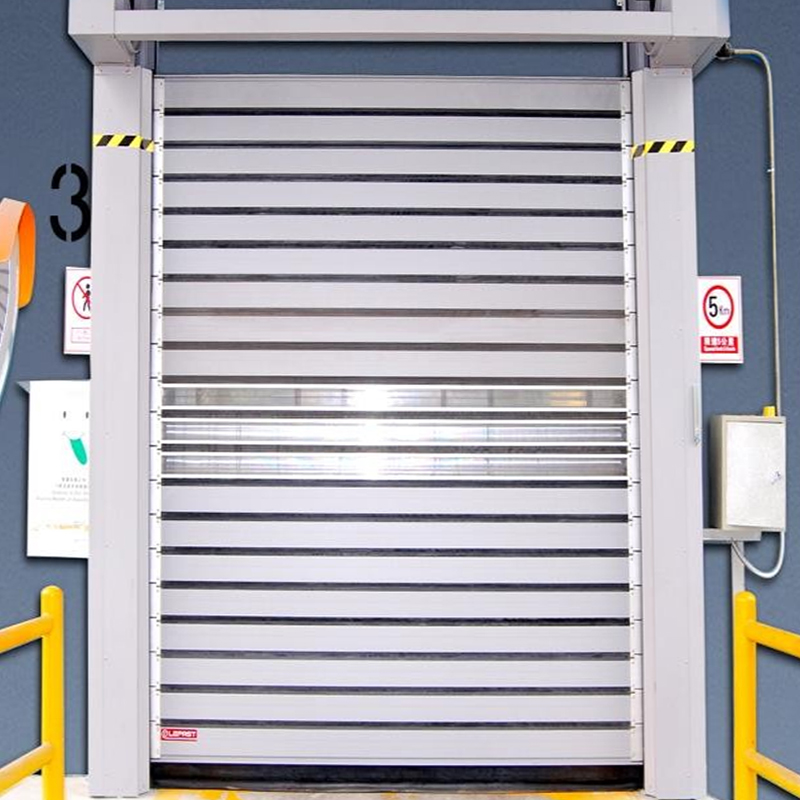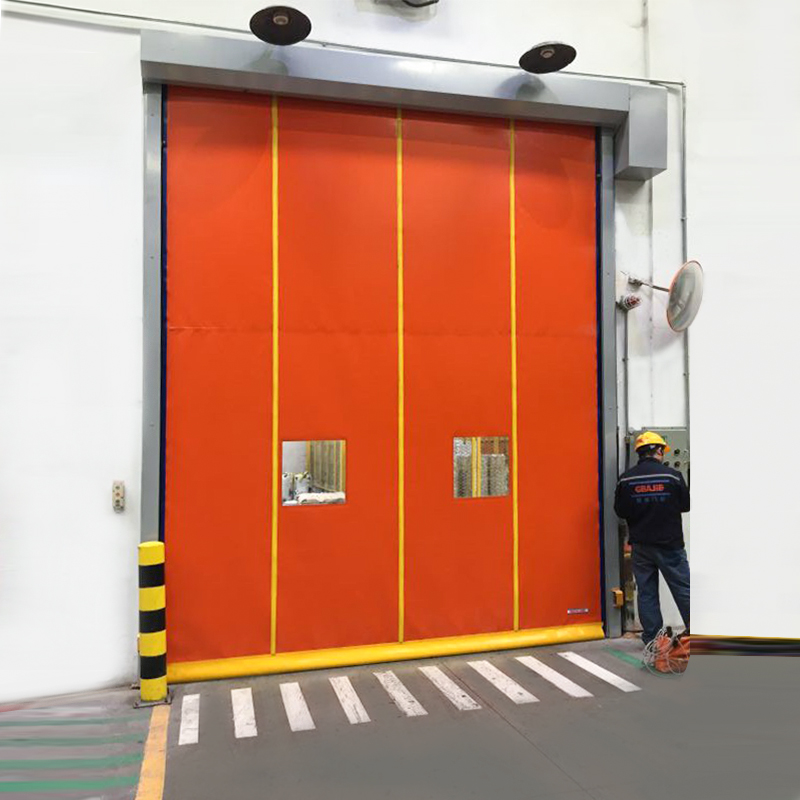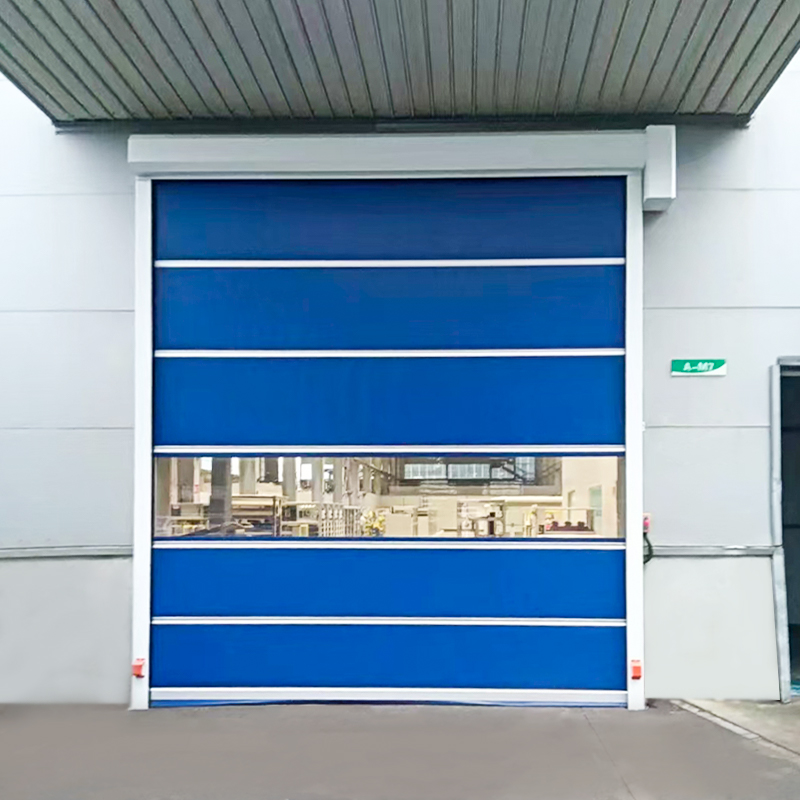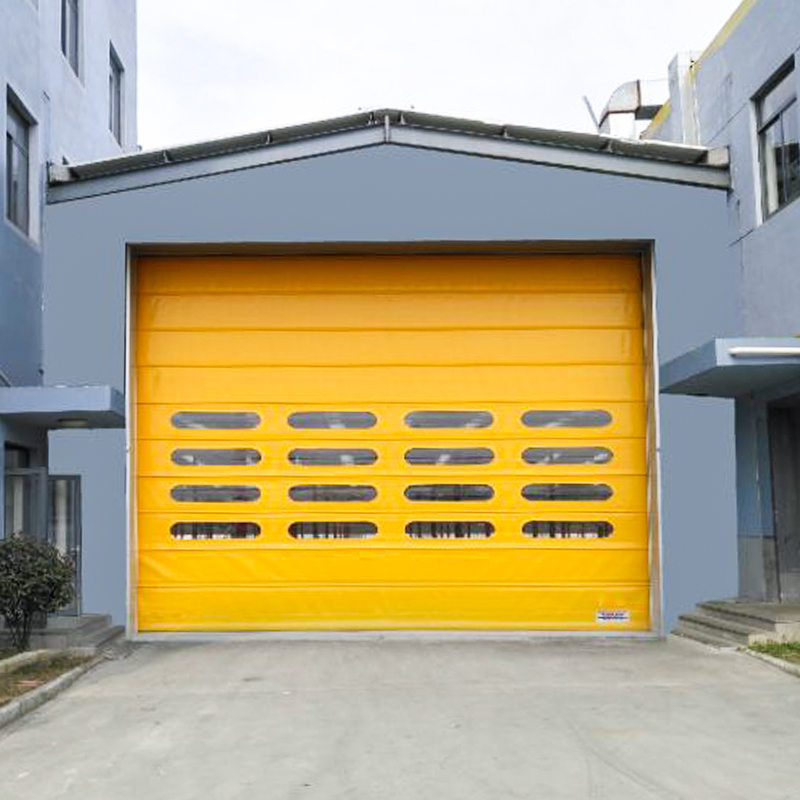Reinforced Structural Design and Load DistributionEOM Industrial Dock Levelers are engineered with...
Export-quality dock levelers are engineered for rapid deployment and smooth operation, significantly reducing the time required for loading and unloading goods. These levelers efficiently bridge the gap between the loading dock and the truck, allowing material handling equipment like forklifts to move quickly and safely between the truck and dock. The resulting improvement in loading dock throughput translates to reduced waiting times for trucks, which is critical in high-volume operations. Faster turnarounds lead to improved shipping timelines and enhanced overall productivity, reducing bottlenecks in the supply chain.
Export-quality dock levelers are equipped with advanced safety mechanisms that significantly reduce the risk of workplace accidents. Features such as anti-slip surfaces, automatic safety locks, and edge-of-dock systems ensure that the leveler remains securely in place during use, preventing accidental slippage and reducing the risk of worker injuries. Hydraulic or pneumatic systems, in particular, provide smooth, controlled movements that reduce the potential for sudden, jerky motions. By preventing accidents and injuries, companies can avoid costly insurance claims, litigation, and operational downtime caused by workforce disruptions.
Export-quality dock levelers are typically manufactured from high-grade materials such as heavy-duty steel or aluminum alloys, engineered to withstand harsh environmental conditions and frequent, heavy usage. This durability minimizes the likelihood of system breakdowns and the need for costly repairs or replacements. The longer lifespan of these robust systems ensures fewer disruptions to daily operations, and when repairs are needed, the parts used in these high-quality systems are often more readily available and affordable compared to cheaper, lower-quality alternatives. As a result, businesses benefit from reliable performance over extended periods, reducing unplanned downtime and long-term maintenance costs.
Export-quality dock levelers often offer a range of customizable features, allowing businesses to select the appropriate system that meets their specific operational needs. For example, the size, load capacity, and height adjustment options can be tailored to fit different types of trucks or trailers. Moreover, some models allow for the addition of advanced features, such as automatic or programmable leveling, to further optimize the loading and unloading process. Customization ensures that the dock leveler is the right fit for the type of cargo handled, ensuring maximum efficiency and the reduction of operational bottlenecks associated with ill-suited equipment.
Many export-quality dock levelers come with advanced automation features, such as automatic leveling systems, hydraulic controls, and push-button activation. These features reduce the reliance on manual labor to adjust the leveler for different truck bed heights, improving overall operational efficiency. By minimizing the need for workers to manually adjust the leveler, companies can reduce labor costs and human error while improving speed and precision in the loading and unloading process. This level of automation also frees up workers for other value-added tasks within the warehouse, leading to more efficient labor allocation.
High-quality dock levelers are often designed to seamlessly integrate with a wide range of material handling equipment, including forklifts, pallet jacks, conveyors, and automated guided vehicles (AGVs). The compatibility between the dock leveler and the material handling systems used in the warehouse ensures smoother transitions and faster movements of goods, reducing idle time for equipment and improving the flow of goods in and out of the facility. By supporting a wide range of equipment types, these dock levelers enable a more flexible and efficient material handling process, further enhancing productivity.

 English
English Español
Español Tiếng Việt
Tiếng Việt

